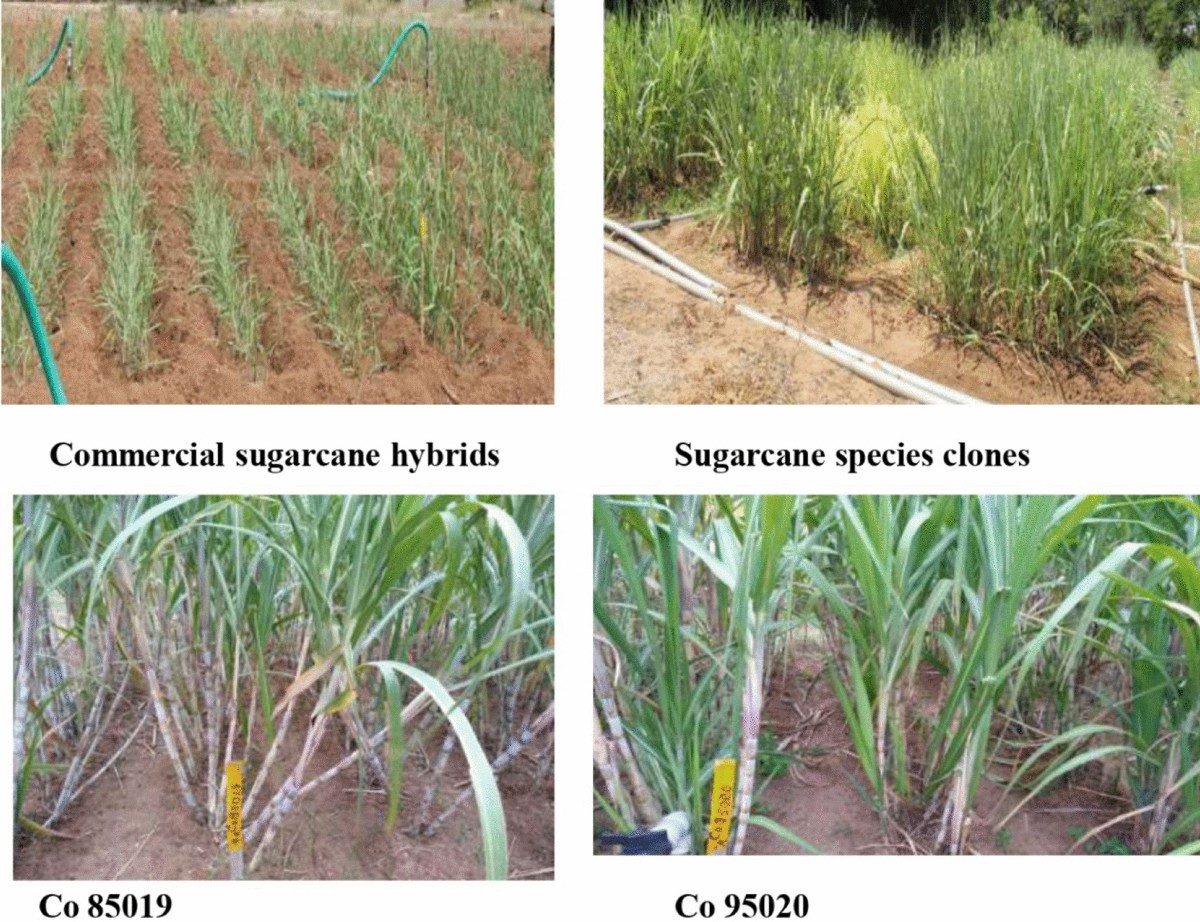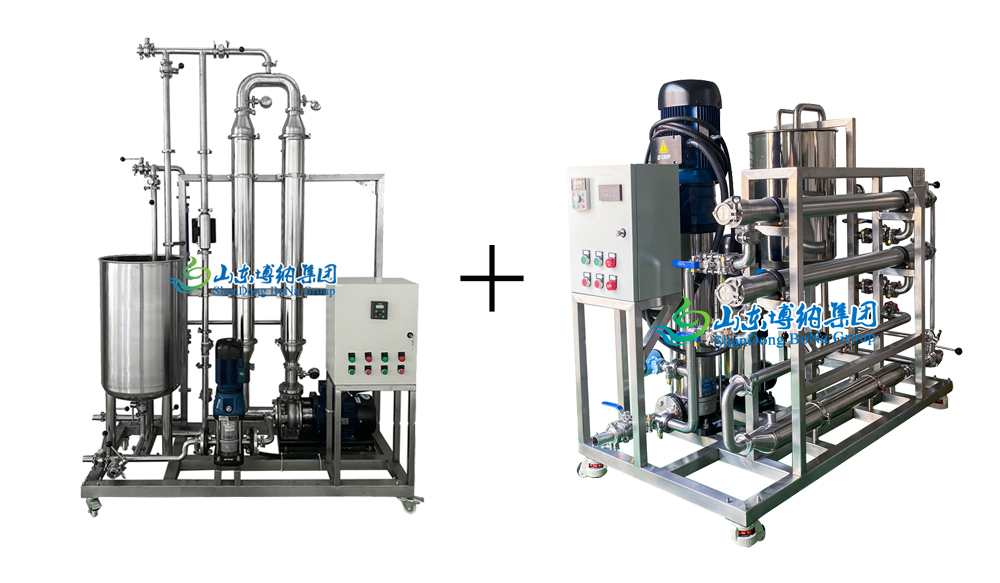How Safe Are Products From Sugarcane for Everyday Use?
How Safe Are Products From Sugarcane for Everyday Use?
Blog Article
Discover the Cutting-edge Advantages of Products From Sugarcane for Sustainable Living
Sugarcane has actually emerged as an essential resource in the pursuit for sustainable living. Its diverse applications span naturally degradable packaging, renewable power, and much healthier food options. As industries seek eco-friendly options, sugarcane's convenience uses promising solutions. The real potential of sugarcane expands past its present uses. Discovering its innovative advantages could expose new paths towards a much more lasting future. What other possibilities might this remarkable plant hold?

The Increase of Sugarcane as a Sustainable Resource
As global recognition of ecological issues grows, sugarcane has actually become a noticeable lasting source. This flexible crop uses a variety of advantages that add to environment-friendly practices. Sugarcane is an eco-friendly source, efficient in prospering in varied climates while absorbing carbon dioxide, therefore alleviating greenhouse gas exhausts. Its rapid growth cycle enables constant harvesting, causing a continuous supply of raw material.Additionally, sugarcane cultivation often requires much less water contrasted to various other plants, making it an effective alternative in water-scarce regions. The spin-offs of sugarcane, such as bagasse and molasses, can be repurposed for different applications, decreasing waste and advertising round economy concepts. Developments in farming practices have actually led to even more sustainable farming approaches, further enhancing sugarcane's environmental account. As customers progressively seek lasting choices, sugarcane stands apart as a feasible choice for those committed to decreasing their environmental impact.
Naturally Degradable Packaging Solutions
Just how can naturally degradable packaging options change the way customers come close to sustainability? By using sugarcane-based materials, these innovative services use an engaging alternative to conventional plastics. Eco-friendly packaging made from sugarcane decays naturally, substantially lowering land fill waste and greenhouse gas exhausts. As consumers end up being progressively familiar with their ecological impact, the demand for lasting packaging remains to rise.These sugarcane-derived items not only offer practical objectives however also line up with eco-conscious customer worths. They supply a substantial method for people and businesses to add to a round economic climate, promoting source effectiveness and reducing ecological impacts. Furthermore, as markets take on eco-friendly alternatives, they cultivate a culture of sustainability that reverberates with an expanding market looking for liable choices.In essence, biodegradable packaging solutions from sugarcane stand for an important progression in sustainable methods, equipping consumers to make eco-friendly decisions without sacrificing comfort or high quality.
Renewable Resource Generation From Sugarcane
A substantial section of eco-friendly power generation can be obtained from sugarcane, showcasing its adaptability past typical agricultural usages. Sugarcane biomass, consisting of bagasse and leaves, is a potent resource for bioenergy production. This biomass can be exchanged biofuels such as ethanol, which serves as a cleaner choice to fossil gas. Additionally, the combustion of sugarcane byproducts creates steam and electrical power, giving an energy resource for sugar mills and close-by communities.The growing of sugarcane additionally adds to carbon sequestration, as the plants take in carbon dioxide during their development cycle. By using sugarcane for power, waste is lessened, and sustainable techniques are urged. This sustainable power strategy not only sustains energy demands but likewise advertises rural advancement, creating work in bioenergy markets. Overall, sugarcane stands out as an essential gamer in the shift to sustainable energy options, aligning with worldwide efforts to lower carbon footprints.

Eco-Friendly Textiles and Fabrics
Green textiles and materials originated from sugarcane provide a promising choice to standard materials. These biodegradable alternatives not just lower ecological effect but additionally provide resilience and performance equivalent to standard textiles. Sustainable production processes further enhance their appeal, making them an integral part of a lasting way of living.
Biodegradable Fabric Choices
Why is the adjustment toward biodegradable material options important for sustainable living? The raising recognition of ecological destruction has actually triggered a search for choices to standard textiles, which usually add to pollution and waste. Biodegradable materials, obtained from renewable energies such as sugarcane, provide a promising option. These materials decompose naturally, decreasing garbage dump accumulation and reducing environmental effect. Additionally, they can assist lower carbon footprints and reliance on nonrenewable fuel sources. As customers become extra eco-conscious, the need for sustainable textiles expands, motivating producers to spend and introduce in biodegradable options. This change not just supports lasting techniques but also fosters a circular economic climate, leading the way for a much more responsible method to fashion and textile production.
Longevity and Performance
When reviewing environmentally friendly fabrics and materials, longevity and efficiency are vital factors. Sugarcane-derived products show remarkable toughness and durability, making them suitable for various applications. These fabrics often exhibit superior moisture-wicking residential or commercial properties, which enhance convenience in day-to-day wear. In addition, their all-natural fibers contribute to breathability, making certain that garments stay fresh and wearable even popular problems. The efficiency of sugarcane-based fabrics encompasses their resistance to damage, permitting items to preserve their honesty in time. Furthermore, you could try these out these environment-friendly fabrics can be treated to improve UV protection and stain resistance, satisfying the useful requirements of customers without endangering sustainability. Eventually, sugarcane fabrics supply an unified balance of longevity and efficiency, appealing to eco conscious individuals.
Sustainable Manufacturing Procedures
The excellent sturdiness and efficiency of sugarcane-derived textiles are matched by sustainable production processes that prioritize ecological responsibility. These procedures use sustainable resources, decreasing reliance on nonrenewable fuel sources and reducing carbon footprints. By using the by-products of sugarcane cultivation, producers can produce environment-friendly materials while promoting waste reduction. Advanced techniques, such as water-efficient dyeing and biodegradable treatments, additionally enhance the sustainability of these fabrics. Furthermore, making use of non-toxic chemicals assurances that the production process does not damage ecological communities or human health. This dedication to sustainability not only attract environmentally conscious consumers yet additionally sustains neighborhood economic climates by advertising lasting agricultural techniques. On the whole, sugarcane-derived textiles stand for a considerable action towards a greener future in the fashion market.
Sugarcane-Based Biofuels and Their Impact

Sugarcane-based biofuels have become a significant alternate energy resource, supplying a renewable solution to the world's growing energy needs. These biofuels, stemmed from the fermentation of sugarcane juice or molasses, present an even more sustainable choice contrasted to fossil gas. Their production process produces reduced greenhouse gas emissions, contributing to climate modification mitigation efforts.Additionally, sugarcane biofuels can boost energy safety and security by diversifying energy resources and decreasing reliance on imported oil. The farming of sugarcane also promotes country development, developing tasks and promoting local economies.However, issues pertaining to land usage and food competitors continue, as increased biofuel manufacturing might affect food supply chains. Sustainable agricultural techniques are important to stabilizing these guaranteeing and competing interests that biofuel production does not threaten food safety. Overall, sugarcane-based biofuels represent an encouraging opportunity for a greener power future, gave that their social and environmental effects are thoroughly handled.
Healthier Alternatives: Sugarcane in Food Products
While several consumers look for much healthier choices in their diet regimens, sugarcane items offer a healthy choice to improved sugars and sweetening agents. Originated from the natural removal of sugarcane juice, these items preserve important nutrients, including minerals and vitamins, that are frequently lost in refined sugars. Sugarcane consists of antioxidants and nutritional fiber, adding to overall health and wellness.Many health-conscious individuals are transforming to sugarcane syrup and jaggery, which supply a reduced glycemic index contrasted to traditional sugars, making them appropriate for those managing blood glucose levels. Additionally, sugarcane-derived sweeteners can boost the flavor of different meals without the adverse results related to man-made additives.This shift in the direction of natural artificial sweetener not just promotes far better nutritional selections but likewise lines up with sustainable living techniques, as sugarcane is a renewable energy. Sugarcane items are arising as desirable options in the domain of food products.
The Future of Sugarcane in Sustainable Innovations
The future of sugarcane is poised to encompass cutting-edge applications that prolong Check This Out past conventional usages. Its prospective as a source for naturally degradable packaging solutions and renewable resource resources highlights its function in lasting techniques. Checking out these innovations might significantly affect environmental conservation and resource administration.
Eco-friendly Packaging Solutions
An increasing number of companies are turning to eco-friendly product packaging solutions stemmed from sugarcane as an encouraging option to conventional plastics. These cutting-edge materials, typically made from sugarcane fibers and bioplastics, break down normally, lowering the resilient ecological impact linked with standard plastic waste. By using renewable sources, sugarcane-based product packaging adds to an extra sustainable manufacturing cycle, aligning with worldwide efforts to combat contamination and environment modification. Furthermore, these services usually keep the resilience and capability required for various applications, from food containers to shipping materials. As customer demand for environment-friendly options grows, services embracing sugarcane packaging not just boost their brand name image but likewise play a critical role in cultivating a round economic situation, leading the way for a greener future.
Renewable Energy Sources
Naturally degradable packaging remedies are just one element of the broader potential of sugarcane in advertising sustainability. An additional significant application hinges on eco-friendly power resources. Sugarcane is a versatile crop that can be used to create biofuels, such as ethanol, which functions as a cleaner alternative to fossil fuels. The fermentation process of sugarcane juice yields ethanol that can power automobiles and generate electrical power. Additionally, the by-products of sugarcane handling, like bagasse, can be utilized to generate biomass energy, supplying a lasting and efficient approach to harness power. This dual duty as both a source of biofuel and biomass underscores sugarcane's potential in decreasing carbon emissions and sustaining a change to an extra sustainable energy landscape in the future.
Often Asked Questions
How Is Sugarcane Collected Sustainably?
Sugarcane harvesting can be lasting via techniques like hands-on cutting, which decreases dirt interruption, and utilizing equipment that lowers fuel consumption (Products From Sugarcane). Crop rotation and integrated bug discover this info here administration further boost environmental health and promote long-term soil fertility
What Are the Environmental Impacts of Sugarcane Farming?

Can Sugarcane Products Be Reused?
The concern of whether sugarcane items can be recycled exposes a positive overview. Numerous sugarcane-derived materials, such as bioplastics and packaging, are developed for recyclability, adding to a more lasting waste management method within environmental factors to consider.
Are There Any Kind Of Drawbacks to Using Sugarcane-Based Products?
The drawbacks of utilizing sugarcane-based products include prospective land usage competition with food crops, difficulties in large-scale manufacturing, and issues regarding the environmental influence of monoculture farming practices, which can diminish biodiversity and soil wellness.
How Does Sugarcane Farming Affect Local Communities?
Sugarcane farming influences neighborhood neighborhoods by giving employment opportunities and improving regional economic climates. Nonetheless, it can likewise cause land disagreements and ecological concerns, impacting agricultural methods and area health, demanding a well balanced technique to development. Innovations in farming methods have actually led to even more lasting farming approaches, even more enhancing sugarcane's environmental account. Furthermore, the burning of sugarcane by-products generates heavy steam and electricity, giving a power resource for sugar mills and neighboring communities.The cultivation of sugarcane additionally adds to carbon sequestration, as the plants take in carbon dioxide during their growth cycle. By using sugarcane for power, waste is lessened, and lasting techniques are urged - Products From Sugarcane. Sugarcane includes antioxidants and nutritional fiber, contributing to general health and wellness and wellness.Many health-conscious individuals are turning to sugarcane syrup and jaggery, which offer a lower glycemic index contrasted to standard sugars, making them ideal for those taking care of blood sugar degrees. Furthermore, the results of sugarcane processing, like bagasse, can be made use of to create biomass power, supplying a sustainable and effective technique to harness energy
Report this page